Pioche Mines & Mills
(Not including the Combined Metals Reduction Co. Shaft No. 1, which can be found on its own page.)
(Not including the Combined Metals Reduction Co. Shaft No. 1, which can be found on its own page.)
The Pioche Consolidated Mill, also known as the Godbe Mill, was originally built in 1891 by the Pioche Consolidated Mining & Reduction Company, organized by William S. Godbe the previous year. It processed ore not only for Pioche, but also Royal City and other nearby camps and was connected to the mines by the Pioche Pacific Railway. The mill burned in 1893, but was quickly rebuilt.
In 1913 rails were laid by the Prince Consolidated Mining Company, allowing ore from the Prince Mine west of Treasure Hill to be transported to the mill. In 1923, the Pioche Consolidated Mining & Reduction Co. was purchased by the Combined Metals Reduction Co., and the Godbe Mill was reconfigured to a 250-ton flotation concentrator. It burned again in 1929, but was rebuilt yet again. Around this time, an aerial tramway was built to transport ore from the mines on Treasure Hill. The tramway was mostly powered by gravity, with the weight of full ore buckets traveling down pulling empty buckets back to the top. The process was aided by a five horsepower motor, and in 1928 the cost to deliver the ore was only 6¢ per ton. The mill closed sometime around 1980.
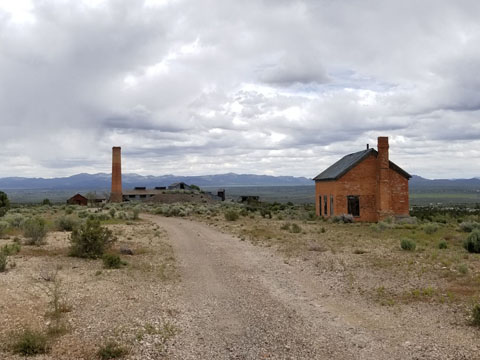
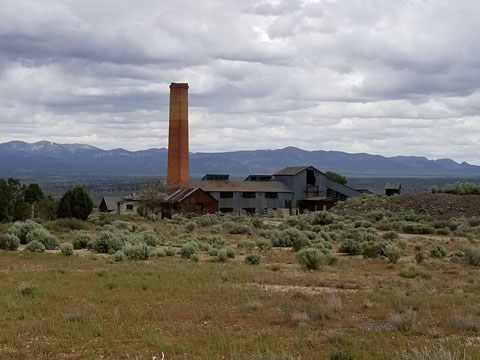
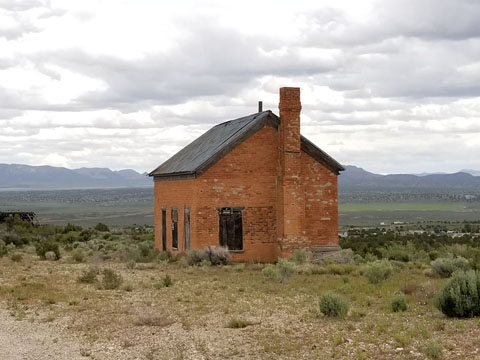
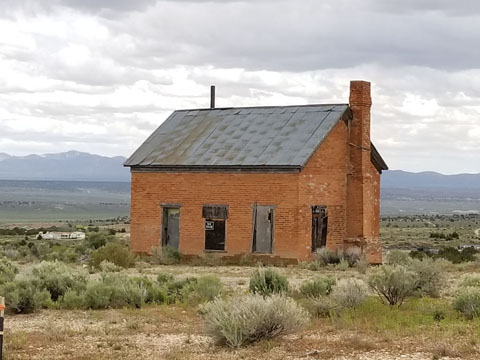
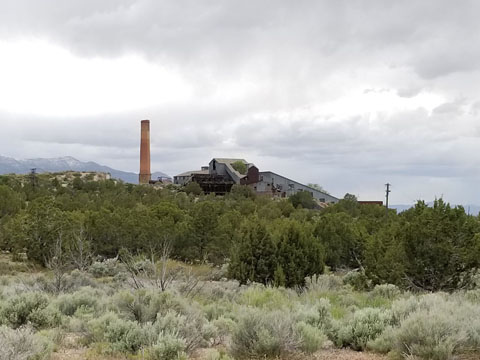

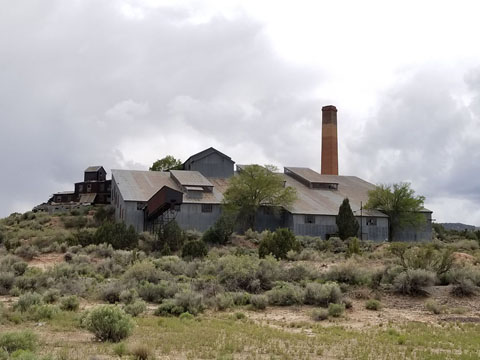
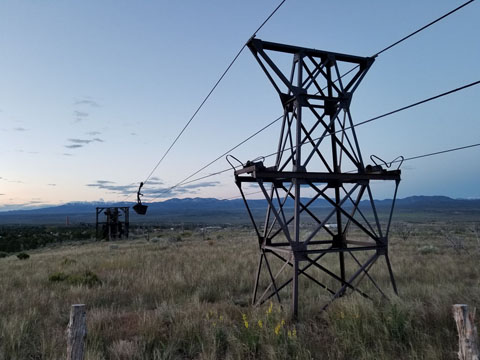

Little is known about the Arcane Mine, operated by the Arcane Mining Company. It was active in the 1910s, but listed as idle by 1920.





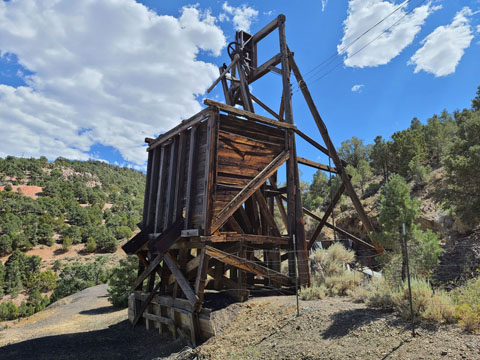
The Wide Awake Mine, often mistaken for the older (and adjacent) Volcano. It was especially productive in 1919, when Stindt & Donahue produced $120,000. By the 1930s it was owned by the Pioche Mines Company.
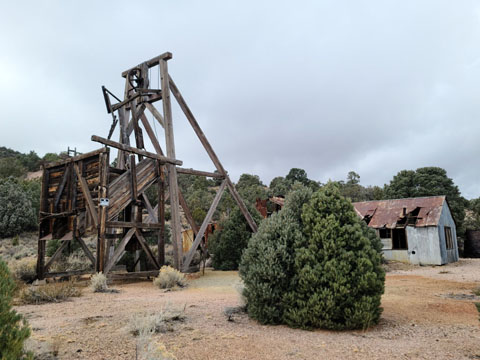

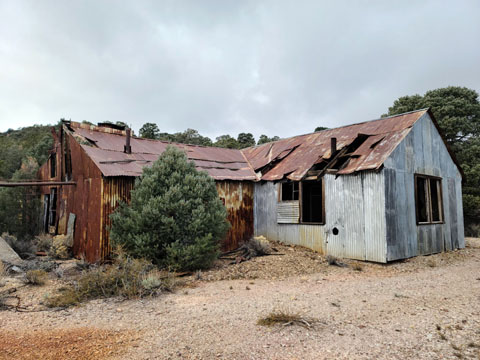



The Ely Valley Mines were located in 1907, but production wasn't made until 1926. Ore was shipped to the mill at Caselton until 1957, when ore depleted and the mill was closed. It is unknown whether there was any production thereafter.
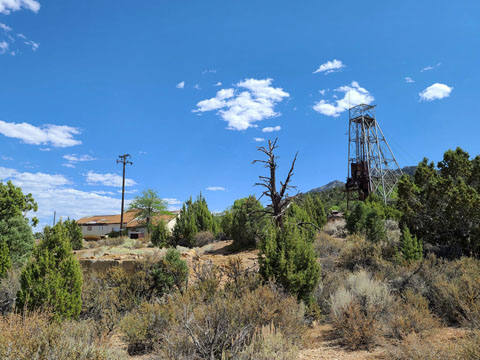
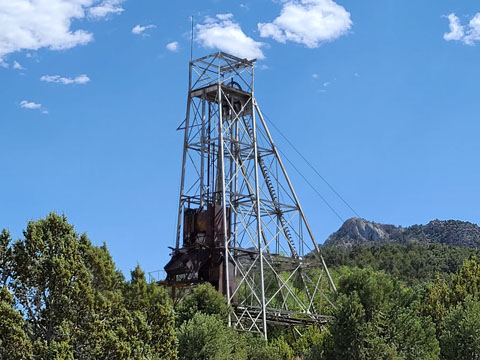
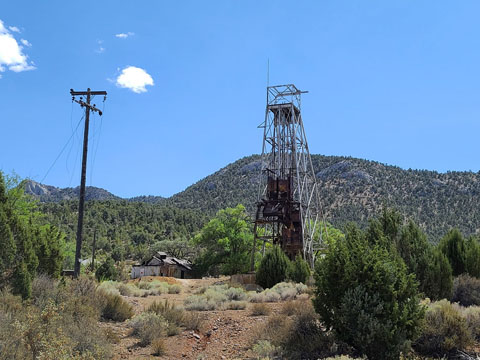
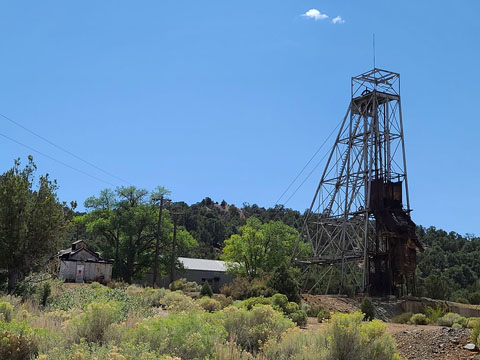
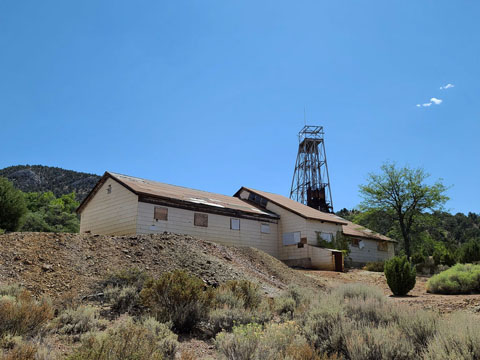
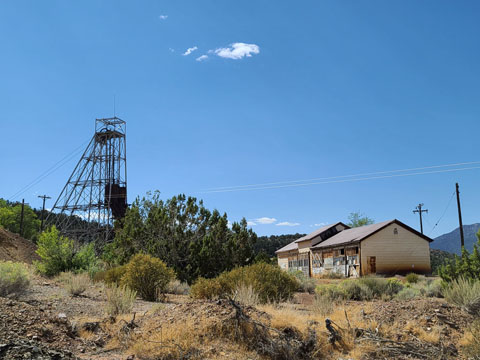
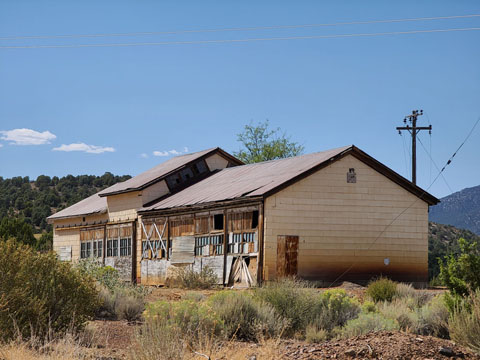
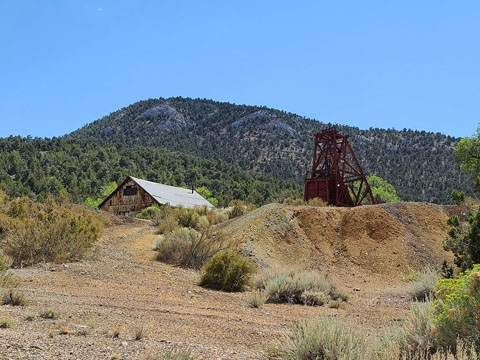
Ely (Pioche) District
Pioche • Mines & Mills
Combined Metals #1 • Caselton
Bibliography